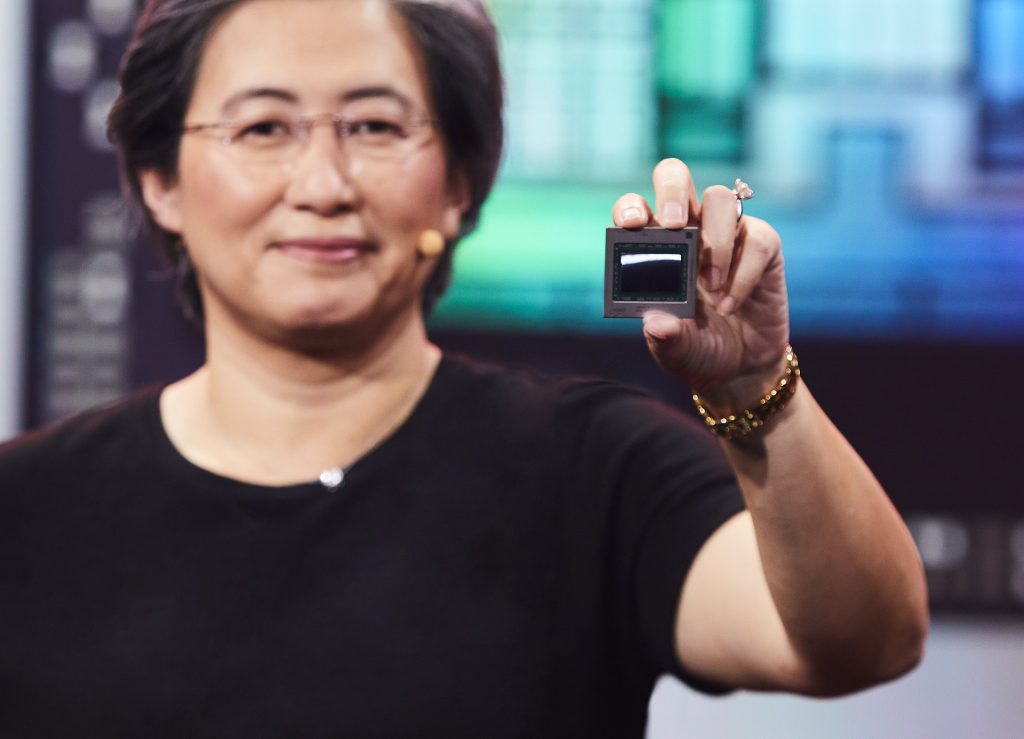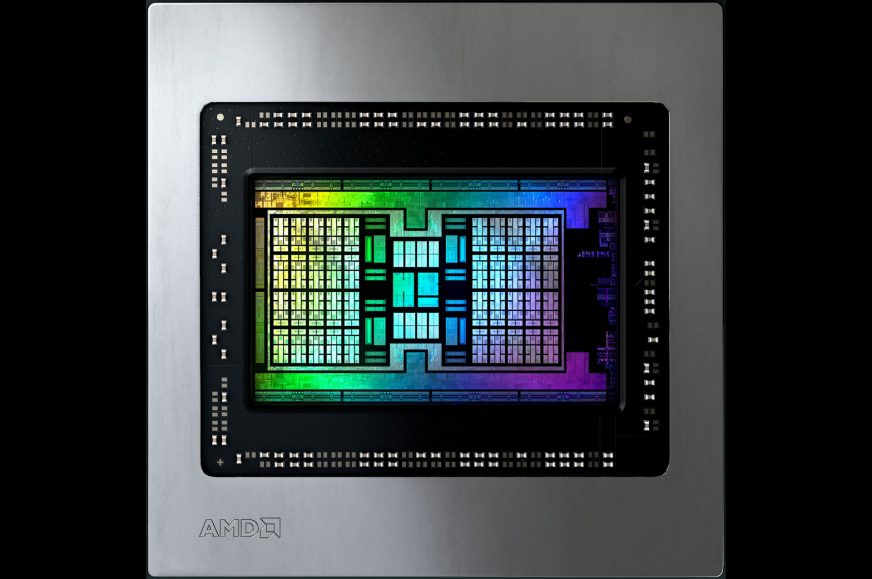Linux patches reveal first details of RDNA 3
While so far unconfirmed, reports have surfaced that the next generation of gaming GPUs in Nvidia’s GeForce RTX 4000 “Lovelace” will not yet support PCI Express 5.0 connectivity and will stay at 4.0 with half the lane speed. But it seems that PCIe 5.0 could be coming for the competition. This is hinted at in the code adding support for these GPUs to Linux, which also gave some other hints of the features of the RDNA 3 graphics.
AMD has started pushing support for the RDNA 3 architecture to various open source projects around Linux, which has already resulted in information such as the finding that the now officially announced Phoenix APU might already have integrated GPU with this architecture. A Twitter user nicknamed Kepler, who has been looking around in these patches, has now found code that should apparently show some features of the standalone GPUs due to launch from the second half of this year onwards, in turn.
According to this code, Navi 31, the most powerful GPU with RDNA 3 architecture, should already support PCI Express 5.0. The high-end graphics of this generation (which could be eventually called Radeon RX 7900 XT, unless the naming scheme is changed) could be the first cards that will be able to utilise PCIe 5.0 ×16 on Intel LGA 1700/Alder Lake platform and later others including AMD AM5. The PCI Express 5.0 interface achieves a bandwidth of 64 GB/s (in both directions of communication), while PCIe 4.0 ×16 provides only half the speed.
PCIe Gen5 16x for Navi31 pic.twitter.com/f53270NXpE
— Kepler (@Kepler_L2) May 4, 2022
There’s no word yet on the other GPUs of this generation besides the Navi 31, so we don’t know if the slightly weaker but still chiplet-based 5nm Navi 32 GPU will also support PCIe 5.0. The mainstream Navi 33 die, which will come out as the first of the next-gen GPUs ahead of Navi 31 and is conceptually a bit different (being not a chiplet but a monolithic GPU and being manufactured on 6nm process node), could probably stick with PCI Express 4.0 only.

It’s possible PCIe 5.0 in high-end cards will not make particularly noticeable difference in performance and may not be a critically important feature (which may be why Nvidia chose not to support it at this time). If so, then for a mainstream card with just a third of the compute units Navi 31 has, PCIe Gen5 support will logically be even less of a necessity.
Tip: Radeon RX 7000 specs have changed, Navi 31 and 32 have fewer compute units
AV1 hardware encoding?
The RDNA 3 support patches also suggest that RDNA 3 graphics could possibly support hardware video encoding into AV1 format, whereas RDNA 2 generation cards only support decoding of this format. Actually, it has recently been reported that the VCN4 (Video Core Next 4) block, which is to be integrated in these GPUs, will not yet be able to encode AV1. But in a similar way, AMD’s Linux patches recently made it look like the Ryzen 6000 Rembrandt didn’t support AV1 decoding, only to reveal it was really otherwise in the end.
Confirmed just a Jebait, RDNA3 does support AV1 encoding. https://t.co/L1RD6T8cVK pic.twitter.com/ii8bYHz1wY
— Kepler (@Kepler_L2) May 4, 2022
However, in the patches for RDNA 3 architecture it looks like AV1 compression should be present and Navi 31 and perhaps others could have this feature. So the apparent lack of support as signalled by the VCN4 patch might again be just a intentional deception or sandbagging. So at least some chance of hardware AV1 encoding still being on the table still remains, if nothing else.
Sources: Kepler (1, 2, 3), VideoCardz
English translation and edit by Jozef Dudáš, original text by Jan Olšan, editor for Cnews.cz
⠀











